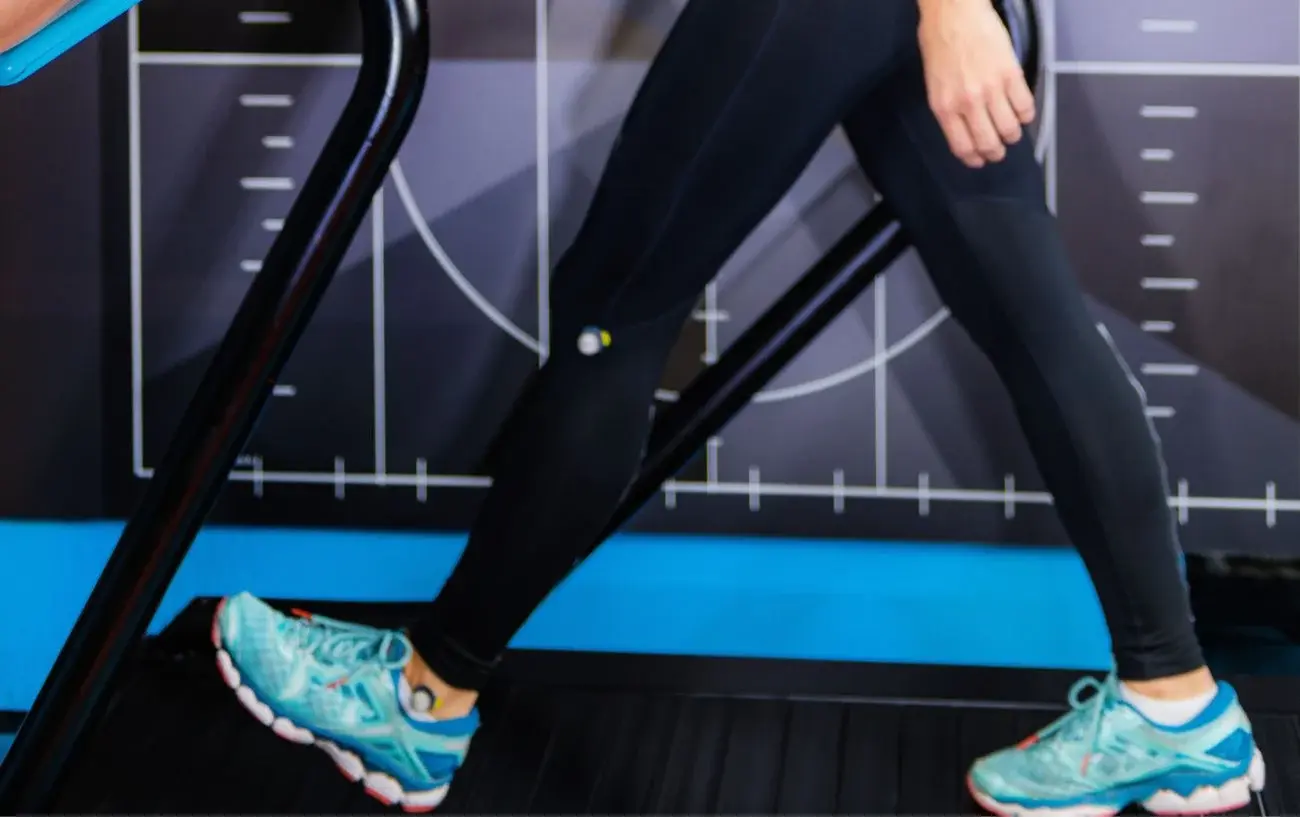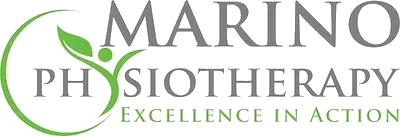Running Analysis In Knoxville

What Is Gait Training In Knoxville?
Gait training is an important aspect of physical therapy that focuses on improving the way a person walks. This type of training is often necessary for individuals who have suffered an injury or have a medical condition that affects their ability to walk properly. Physical therapists use various techniques and exercises to help patients improve their gait patterns and regain their mobility.
Our Running Analysis (Gait Training) is the analysis of running problems by visually examining the interaction of the low back and the joints of the thighs, legs, and feet during the various stages of running.
Gait analysis is the first step in gait training. This involves a physical therapist observing and analyzing the way a patient walks. Based on the results of the analysis, a physical therapist will create a customized gait training program for the patient. This program will include exercises and activities designed to improve strength, flexibility, balance, and coordination.
When performing a running analysis, various stages of running are observed including, initial contact, braking (absorption), midstance, and propulsion.
Many back, thigh, leg, ankle, and foot problems may be caused by or manifest themselves in subtle gait abnormalities.
Gait training involves retraining the patient to improve their ability to walk as close to normal again.
Gait Training In Knoxville Includes:
Strength training is an important component of gait training. Weak muscles, particularly in the legs, can lead to improper gait patterns. Physical therapists use exercises such as squats and calf raises to strengthen the legs and improve gait.
Flexibility is also important for proper gait. Tight muscles can lead to a limited range of motion and improper gait patterns. Physical therapists use stretching exercises to increase flexibility in the legs, hips, and lower back.
Balance is a crucial aspect of gait. Physical therapists use various techniques and exercises to improve balance, such as standing on one foot, walking on an unstable surface, and using balance boards. These exercises help patients improve their ability to maintain balance while walking.
Coordination is also an important aspect of gait. Physical therapists use various exercises to improve coordination, such as walking in a straight line, walking heel-to-toe, and walking while looking at an object. These exercises help patients improve their ability to coordinate their movements and walk more smoothly.
- Stretching
- Strengthing
- Endurance exercise
- Balance exercises
- Visual/video training with feedback
- Verbal cues to improve walking patterns
- Training on different surfaces (grass, stairs, pavement, uneven surfaces)
What Conditions Does Gait Training Treat?
- Post-surgical hip, knee, ankle, foot patients
- Post-fracture patients
- Post-surgical spine surgery patients
- Patients with injuries to joints
- Patients with spinal cord injuries
- Vestibular/vertigo patients
- Neurologically involved patients
- Patients at risk for falls
- Stroke patients
- Numerous others
Gait training is an important aspect of physical therapy that focuses on improving the way a person walks. Physical therapists use various techniques and exercises to help patients improve their gait patterns, including strength training, flexibility exercises, balance training, and coordination exercises. Gait training can be done in a variety of settings and can greatly improve a patient’s mobility and quality of life.
For more information about how we can help you or a loved one with our gait training services, please contact us.


